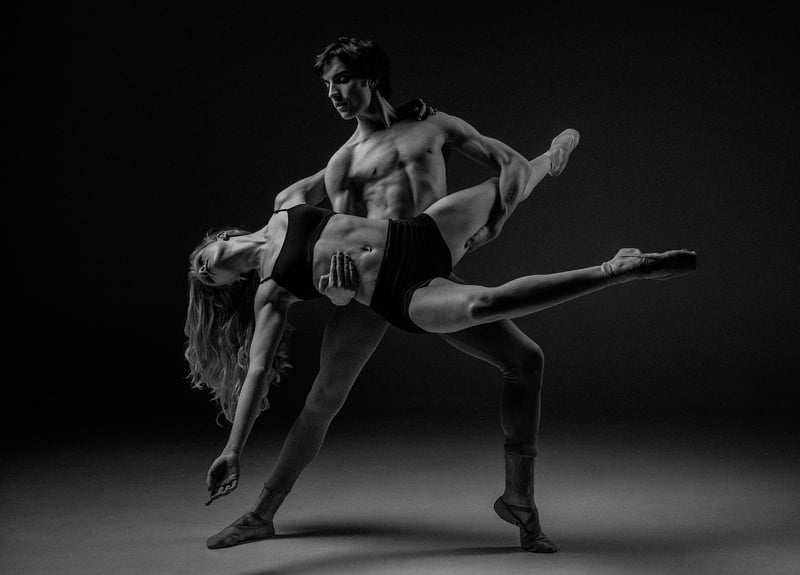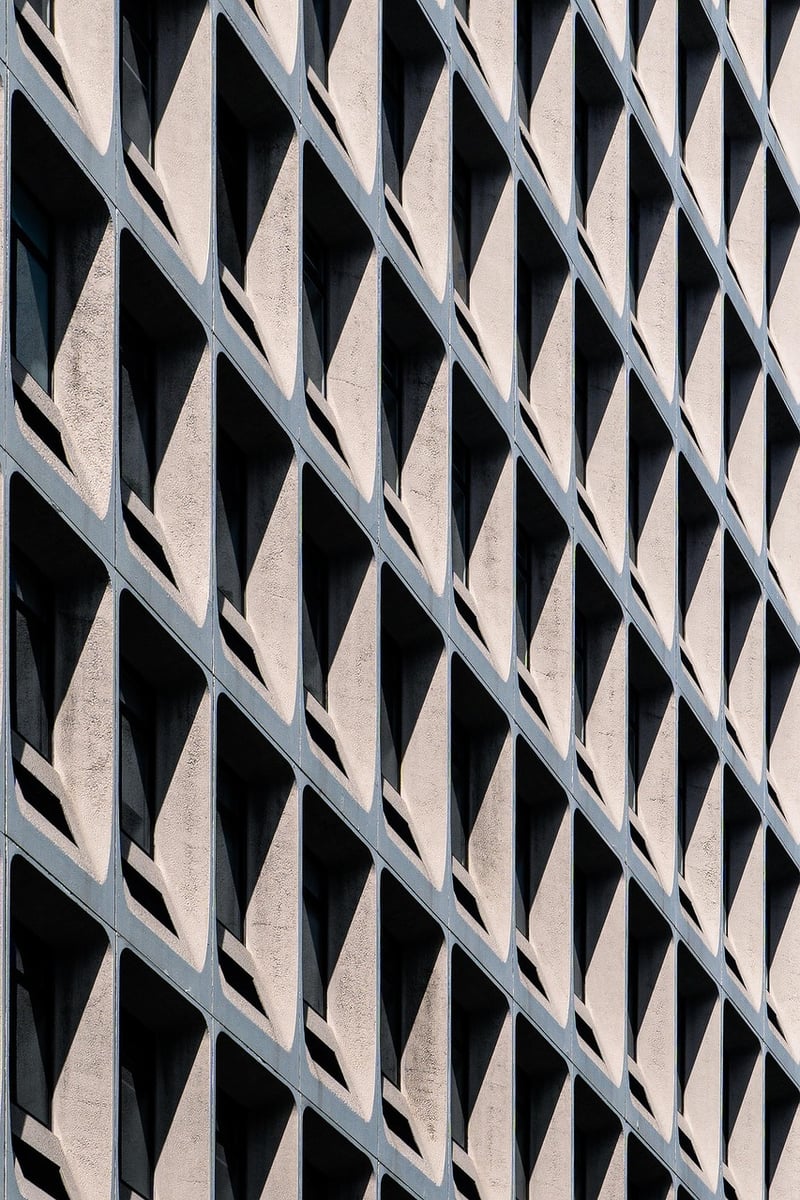Contemporary
The Power of Expressive Movement and Rhythm in Contemporary Dance
Contemporary dance is a dynamic and expressive art form that combines elements of various dance styles, including ballet, jazz, and modern dance. At the heart of contemporary dance lies the use of expressive movement and rhythm to convey powerful emotions and narratives.
Expressive Movement
Expressive movement in contemporary dance allows dancers to communicate ideas, feelings, and stories through their bodies. Dancers use a wide range of movements, from fluid and graceful to sharp and angular, to express a full spectrum of emotions. Each movement is intentional and purposeful, creating a visual language that speaks to the audience on a deep and visceral level.

Rhythm and Musicality
Rhythm is a fundamental element of contemporary dance that adds texture and depth to the choreography. Dancers move in sync with the music, using rhythm to enhance the emotional impact of their movements. The interplay between movement and music creates a mesmerizing experience for both the performers and the audience, drawing them into the emotional journey unfolding on stage.

The Evolution of Contemporary Dance
Contemporary dance has evolved over the years to embrace a wide range of styles and influences, reflecting the diverse voices and perspectives of modern society. From avant-garde performances to narrative-driven pieces, contemporary dance continues to push boundaries and challenge traditional notions of movement and expression.
Embracing Diversity and Inclusivity
One of the hallmarks of contemporary dance is its commitment to diversity and inclusivity. Dancers from all backgrounds and cultures come together to create innovative and thought-provoking work that celebrates the richness of human experience. Through collaborative and interdisciplinary practices, contemporary dance continues to break new ground and inspire audiences around the world.

In conclusion, the power of expressive movement and rhythm in contemporary dance lies in its ability to transcend language and cultural barriers, connecting people through the universal language of movement. As contemporary dance continues to evolve and innovate, it remains a vibrant and vital art form that challenges, inspires, and delights audiences worldwide.
